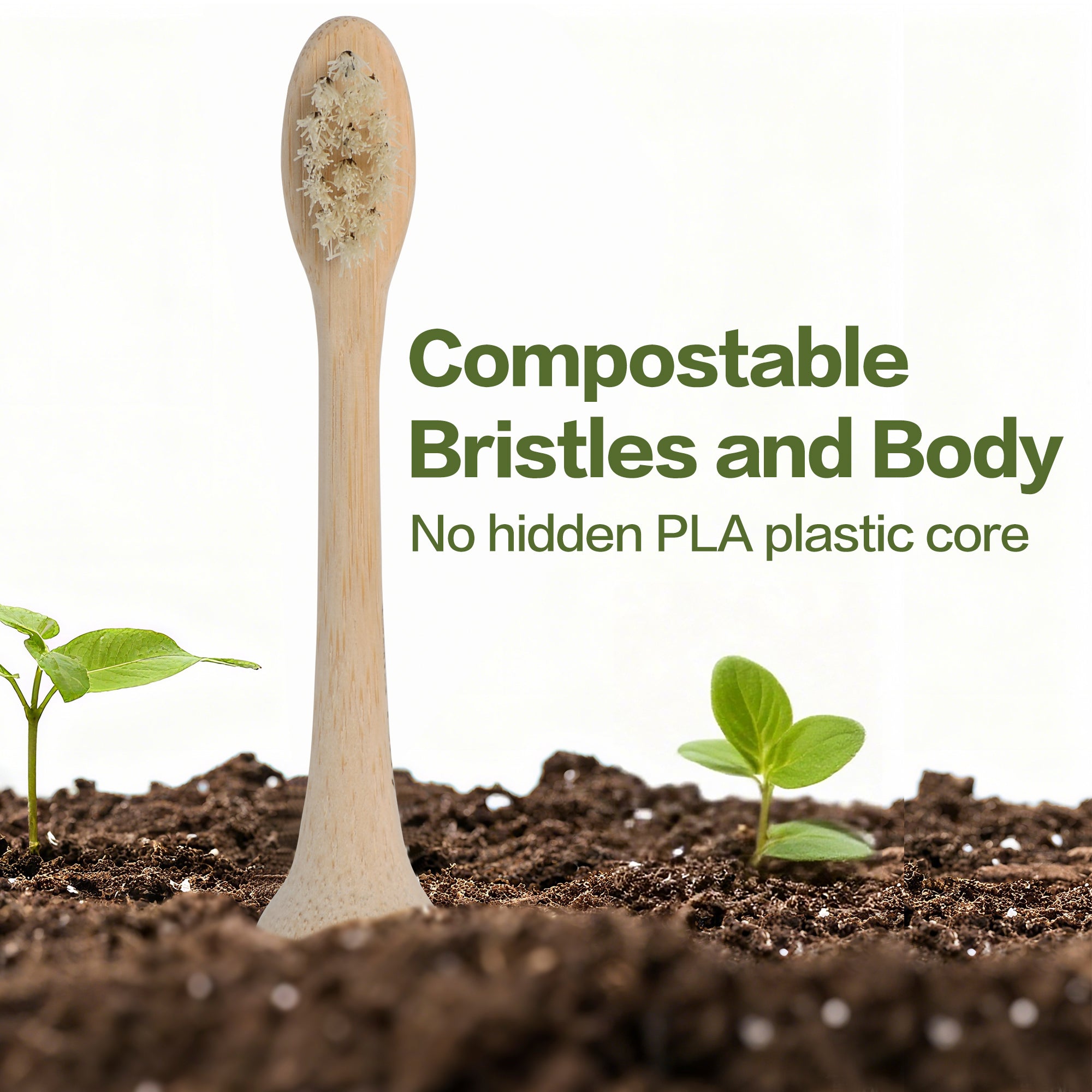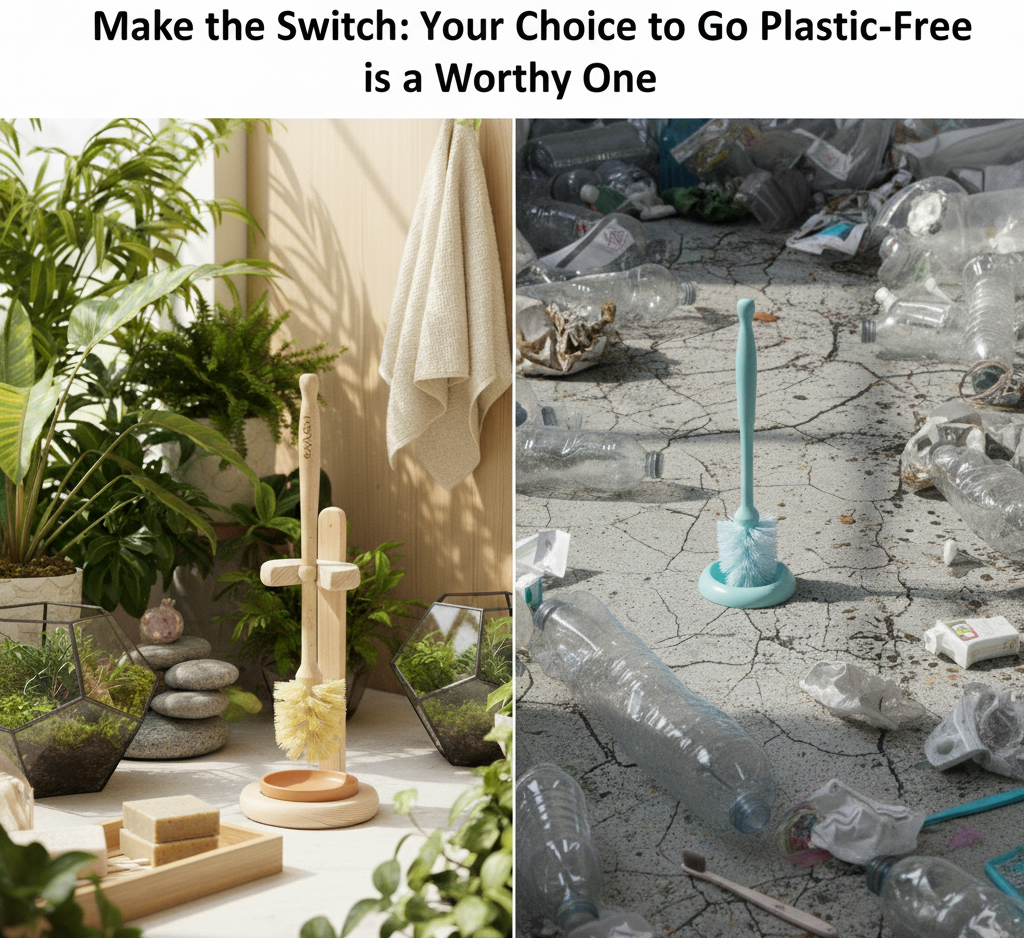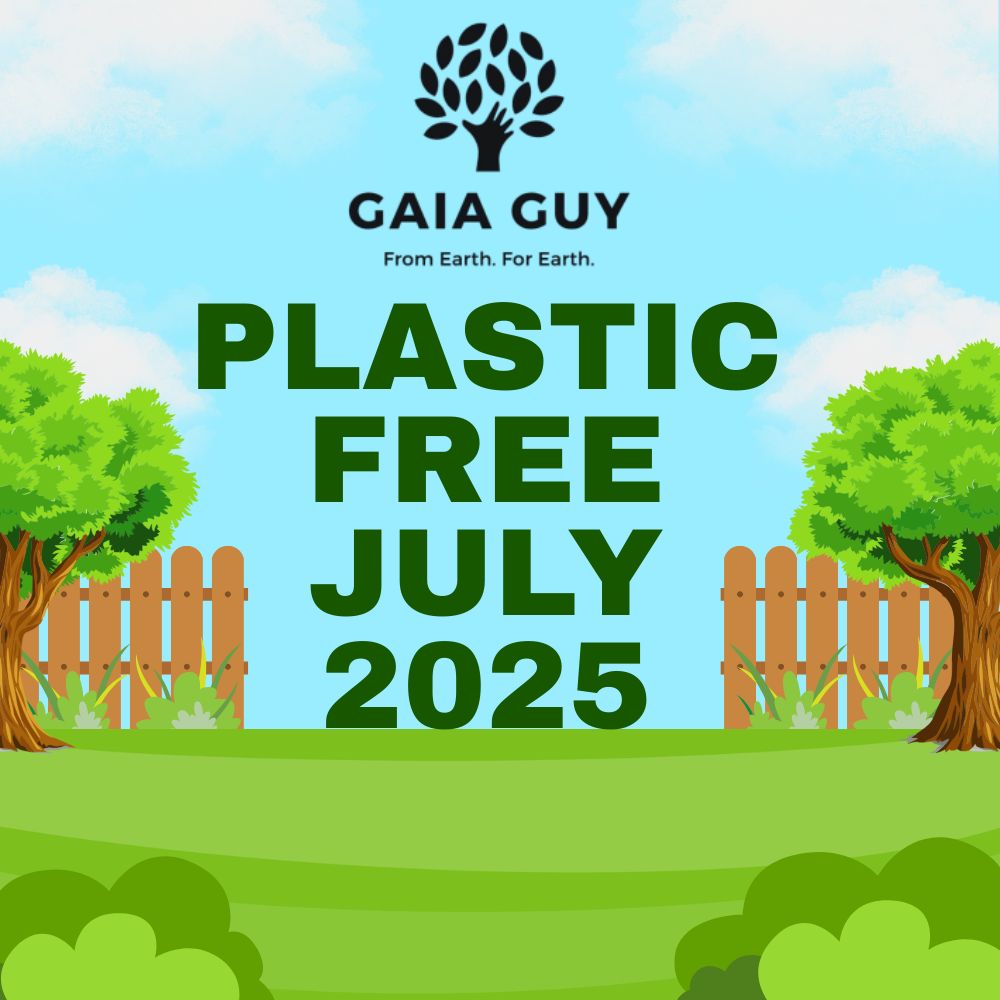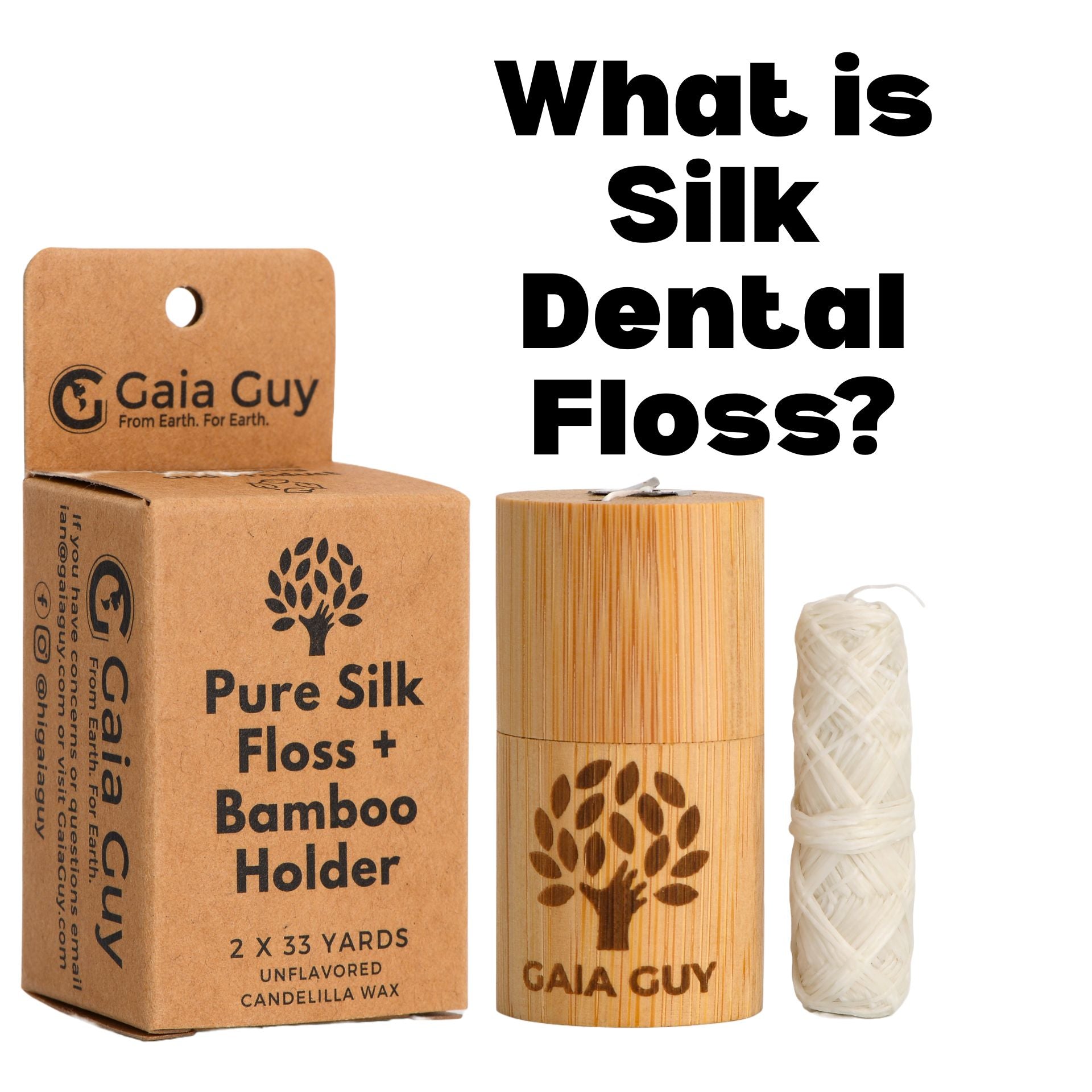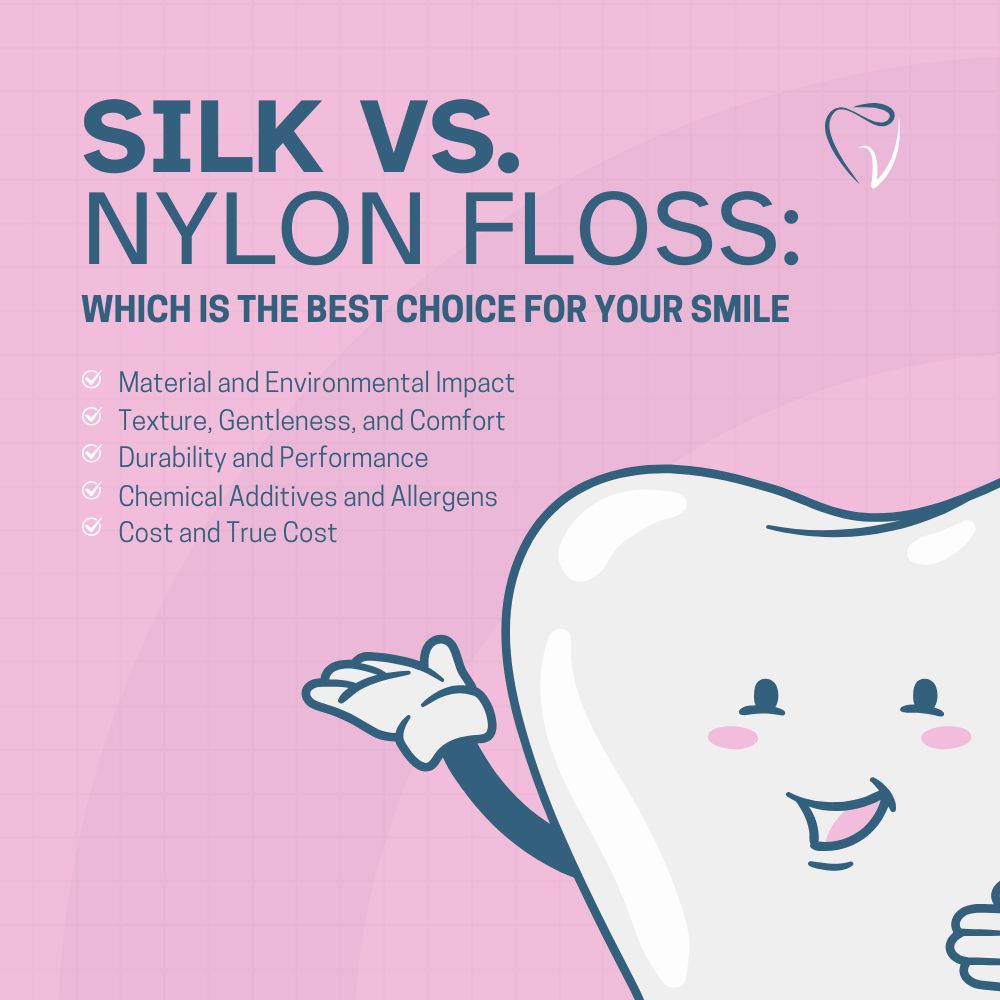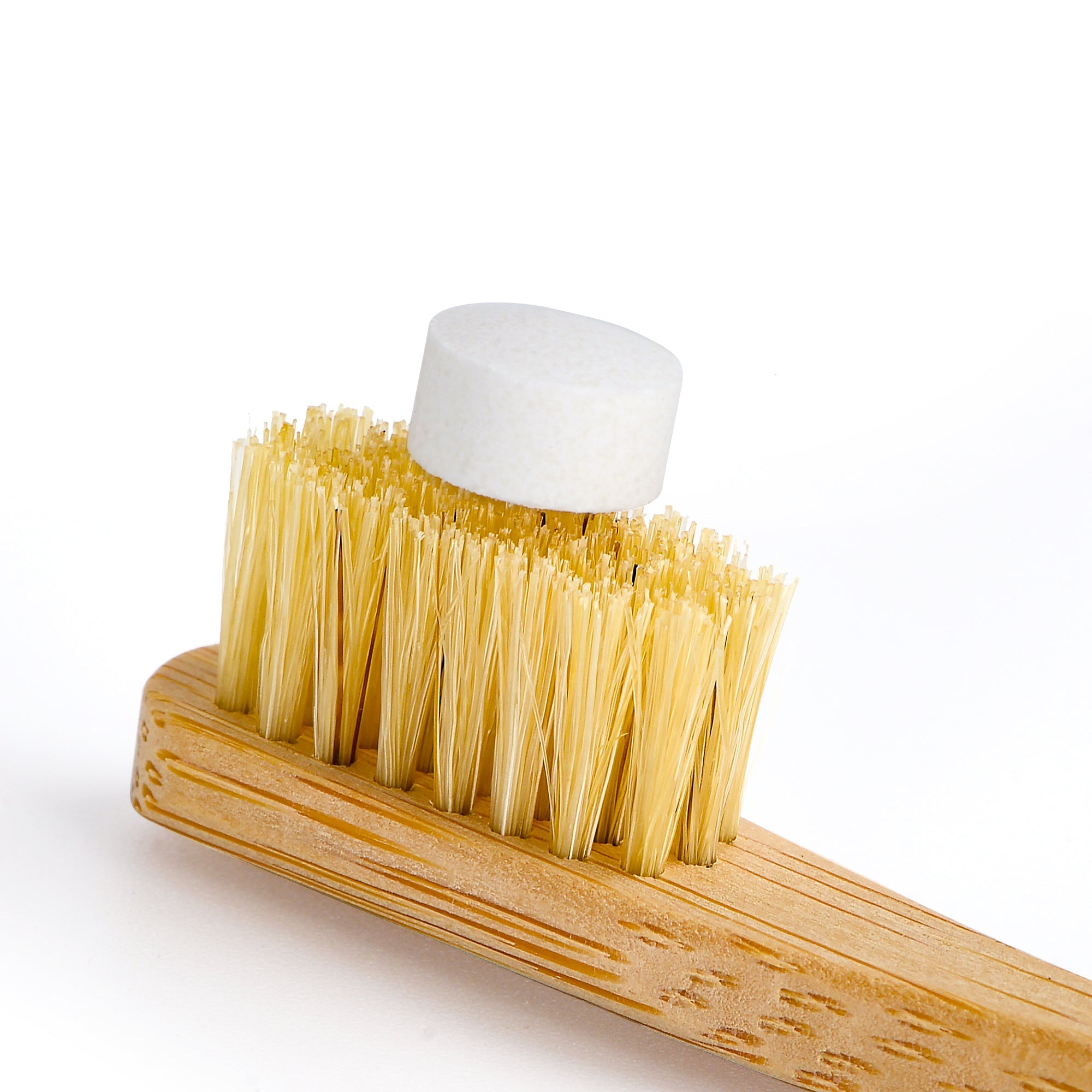Revealing the Environmental Impact of Paper Cups
In the pursuit of eco-conscious choices, the debate between paper and plastic cups intensifies. Recent research challenges the perception of paper cups as a sustainable alternative, revealing alarming findings about their environmental impact.
Key Takeaway
Single-use paper cups, long hailed as environmentally friendly, exhibit toxicity levels comparable to plastic cups, posing significant risks to aquatic ecosystems.
Introduction
Amidst the global push to reduce plastic pollution, paper cups emerged as a popular alternative. However, a recent study challenges their green reputation.
Materials and Methods
The study conducted leaching experiments using single-use cups made of polypropylene, polystyrene, and paper lined with polylactic acid. Toxicity was assessed on chironomid larvae in both water and sediment.
Results
- Adverse Effects: All packaging materials, including paper, inhibited larval growth and caused developmental delays.
- Increased Toxicity: Effects were more pronounced in contaminated sediment, with toxicity levels escalating with leaching time.
- Teratogenic Effects: Significant mouthpart deformities were observed in larvae exposed to plastic cup leachates.
- Long-Term Impact: The study highlights the enduring environmental risks posed by single-use packaging materials.
- Consumer Awareness: Understanding the toxicity of packaging materials is crucial for making informed choices and promoting sustainable practices.
Food packaging materials (FPM) and single-use plastics like take-away packaging have deleterious impacts on the environment, including effects on human health and wellbeing (UNEP, 2014, 2018).
Beyond the physical threats posed by the FPMs, plastics can contain thousands of different chemicals, including both intentionally and non-intentionally added substances. A recent study identified 10 000 substances used in plastics, such as monomers, additives and processing agents (Wiesinger et al., 2021).
More than 2400 (24%) of the identified substances are known to have hazardous properties, but 901 are still used in food contact-plastics. In the European Union, safety of chemicals in food contact materials is estimated through the risk of migration, addressing the total mixture of chemicals that will migrate from the packaging to foodstuffs such that no materials shall “transfer constituents into food at levels that endanger human health” (EC 1935/2004, 2004).
The legislation does not address specific compounds but rather the total migration of chemical constituents. Plastic associated chemicals in FPMs are released at all stages of the products lifespan, including not only transfer into food and ultimately humans during use phases, but also to natural environments including aquatic organisms (Geueke and Muncke, 2017; Zimmermann et al., 2019)
Despite perceptions of being eco-friendly, paper cups present substantial environmental risks. Chemical leaching from both paper and plastic cups threatens aquatic life and underscores the need for sustainable alternatives.
Conclusion
The study calls for heightened consumer awareness and regulatory measures to mitigate the environmental impact of single-use packaging materials. Sustainable solutions are imperative for safeguarding our ecosystems.
Overall Implications
As consumers, we play a pivotal role in driving positive environmental change. By choosing sustainable alternatives and advocating for responsible packaging practices, we can protect our planet for future generations.
Source: https://www.sciencedirect.com/science/article/pii/S0269749123008382






